For the whole month of May 2022, Soft Focus hosts Jack Catling, a London-based artist working through performance and film. We met up with him and had a chat about his practice.
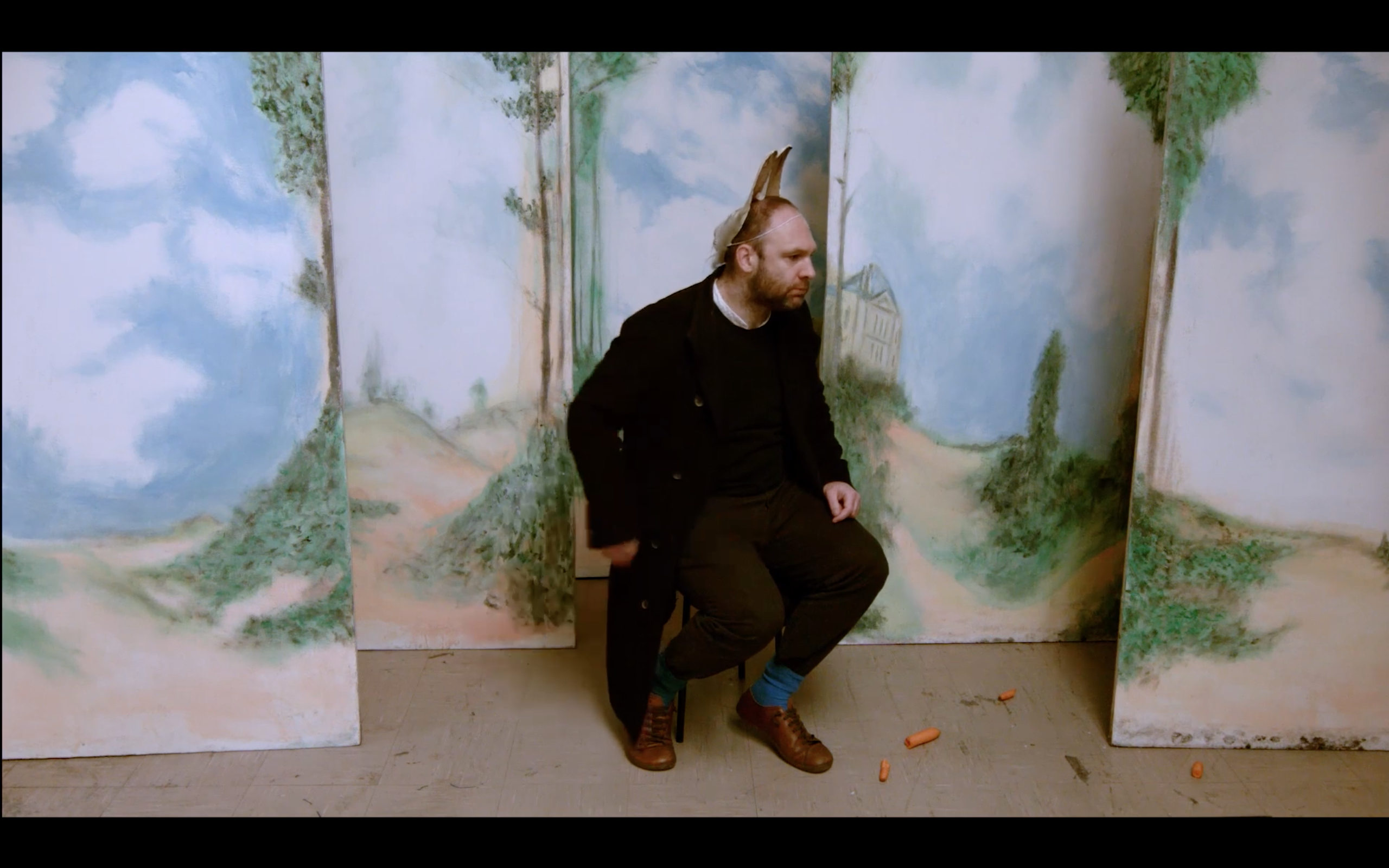
S/F: Some of your works present unedited documentation of your performance accompanied by props and backdrops. Tell me a little bit about this reoccurring setup in your work.
JC: I don't see this series works (using theatrical backdrops/static camera etc.) as documentation, more as film works - to me all the elements present; the props, actions, framing, position of camera and stage scenery are being used to synthesize a vision of nature, and its creaky relationship with the romanticised or mythologised human portrait within it. There is also an idea of the theatrical backstage as a kind of mysterious space where the rules of reality are paused, existing fleetingly outside everyday existence. But at the same time, confusing, claustrophobic, and ready to fall apart at any moment, crashing back into reality. I really like the tenuousness of that environment and the temporary, fragile promise of freedom which it holds.
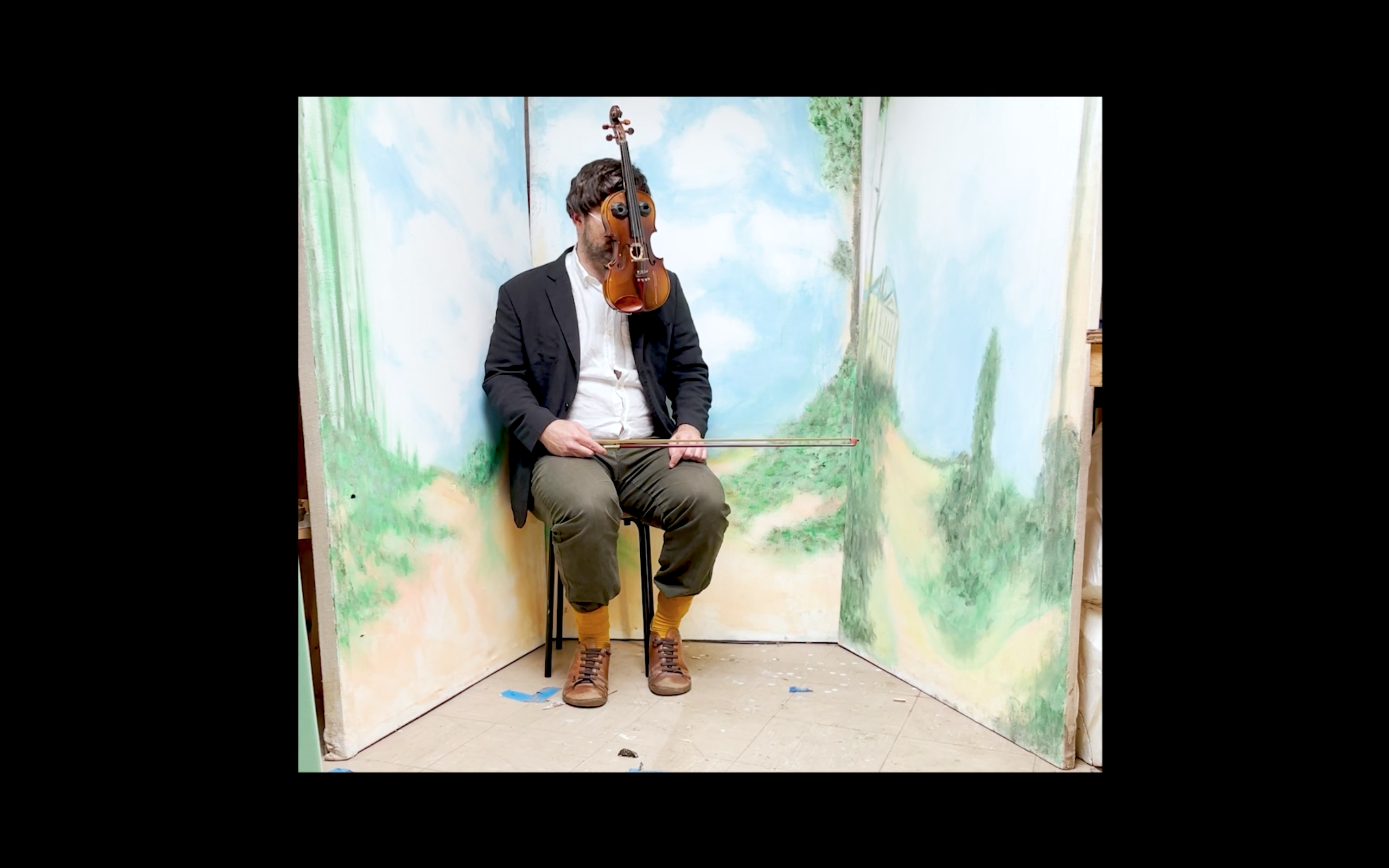
S/F: It seems like you are not directly, but suggesting that you are playing a different character in each work. In your work Pastoral, you are wearing a violin as a mask and your gesture suggests that you are slightly frustrated with your playing. Nonetheless, you keep on attempting to play the violin-face. What does character mean in your work and mask as a tool to disguise/be someone/thing else?
JC: I think with the single-protagonist works, there’s an element of the romantic hero, as an absurd, pathetic character. The fragility of the human when placed into the position of a romantic hero, in terms of identity, echoes the absurd theatre unfolding on the screen, and its shoddy, fragile construction. Maybe, this version of a romantic hero is a tawdry patch placed over elements of reality. A character that only exists in futile posturing, or empty ceremonial gestures, always ready to peel away revealing what lies beneath.
Masks, or lacking a face in some of my works ensure not just the anonymity of the figure but attempt to cast them in a vague, somewhat hollow light, removing their identity but leaving some fragments/clues of it intact.

S/F: Some of your works are performed in front of the camera and some in front of the audience. Flute Breather definitely feels the latter case considering its casual vertical-framed filming on the phone with the background noise of people chatting. Here, I feel like you are making a conscious choice to perform in the audience without announcing the beginning or the end. Why and how does performing in the audience differentiate from performing on the stage?
JC: Flute breather is definitely a documented performance, taking place during a town fete, hovering between different actions taking place, and merging into the surrounding activities. This type of performance is aimed at blending into a background of activity, or via glimpses, taking on the guise of that activity but offsetting it enough for it to stand out later as something odd, or something that did not quite fit. It exists as a little injection of the uncanny on the periphery, kind of like the sporadic appearance of the door in the wall, in H.G Wells’ story of the same name.
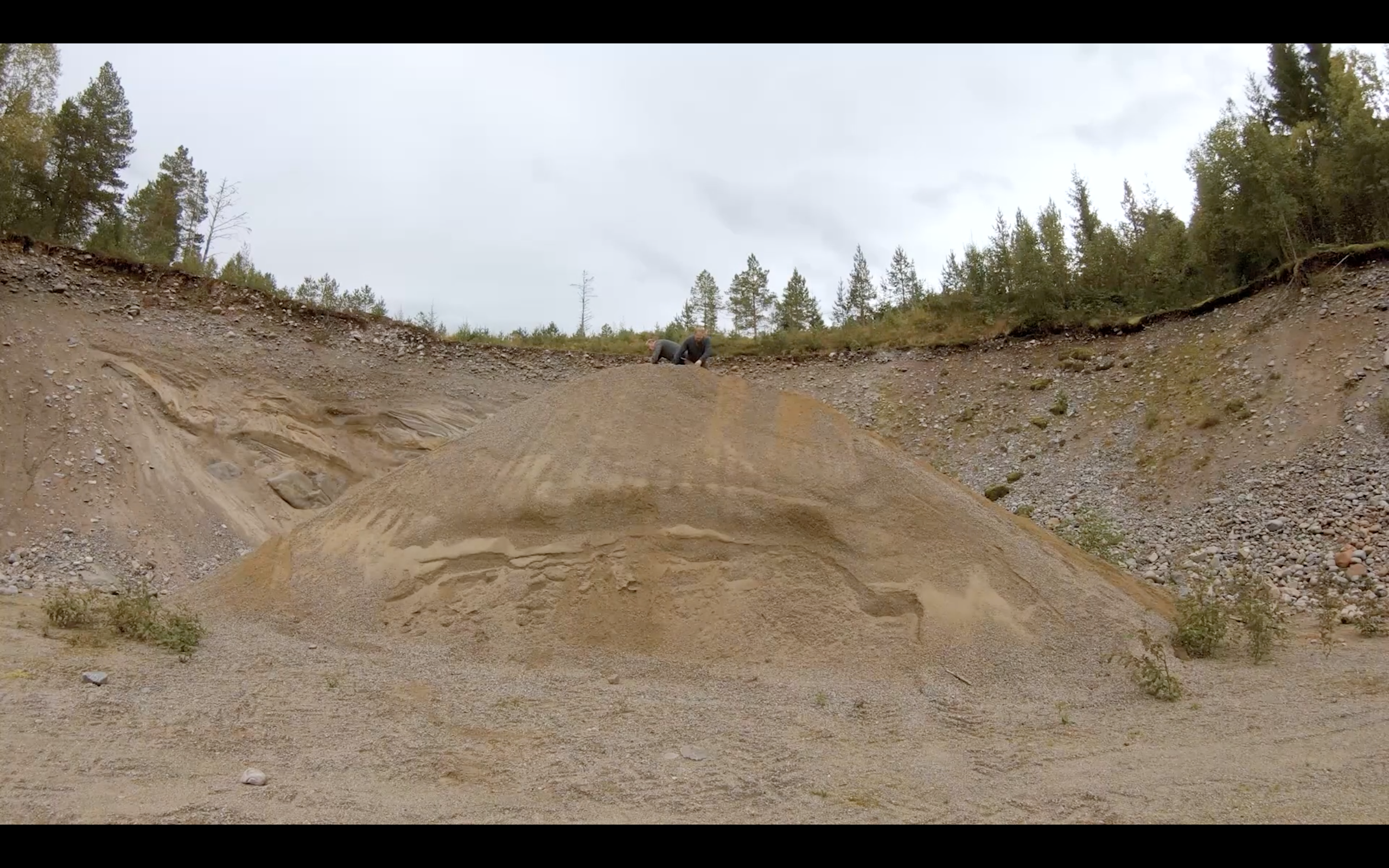
S/F: Shifting Landscapes give a feeling of nostalgia for a place while capturing human and nature relationships. Could you talk about the process of making this work and how it’s different/or not different from your other works?
JC: This was a collaborative work based on the notion of landscape, play, and tactile memory. This collaboration was all about trying to find a place where we could relinquish control, and take on the ability the play freely as a group within the landscape. In that respect, it also echoes some kind of failure and melancholy.
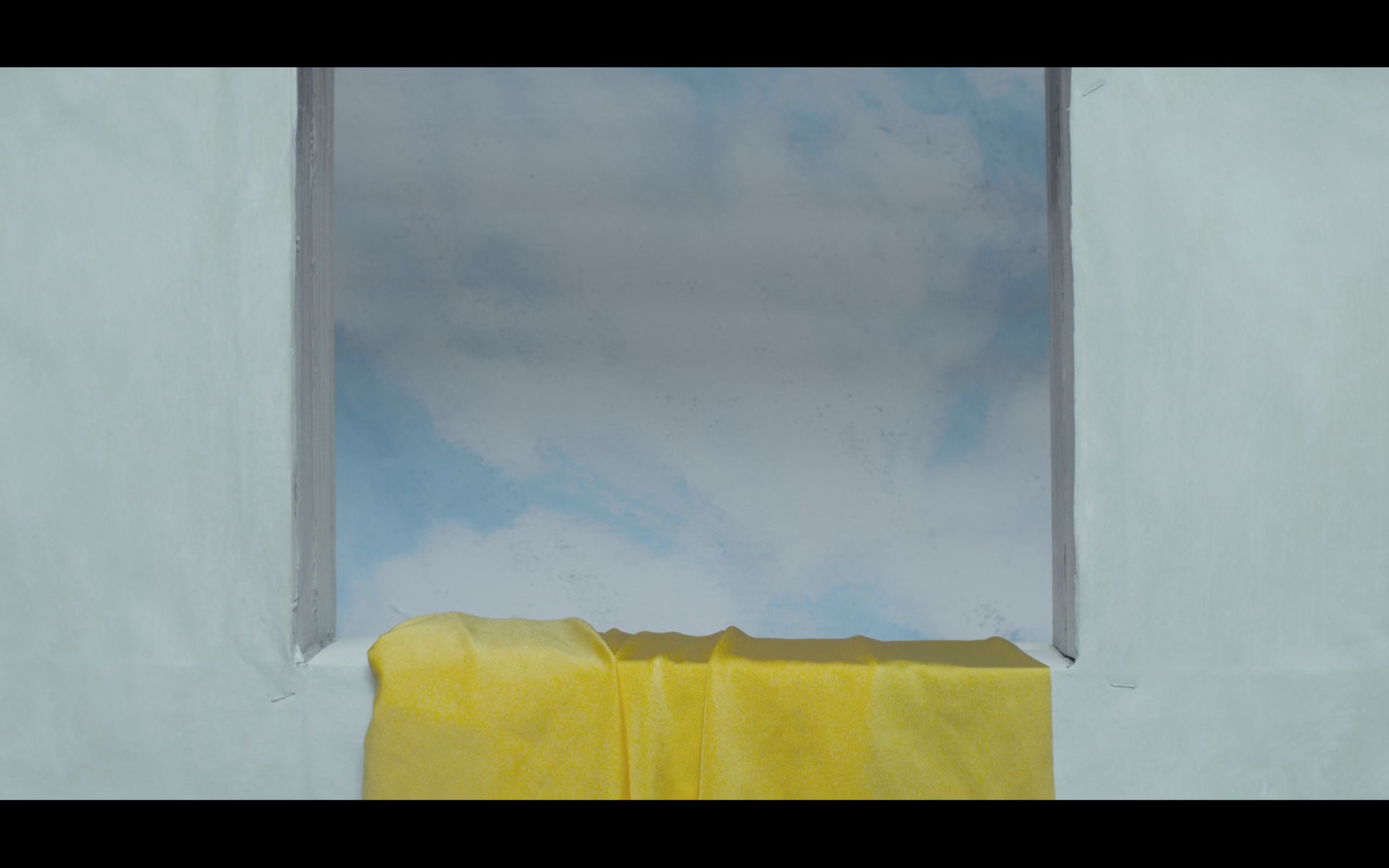
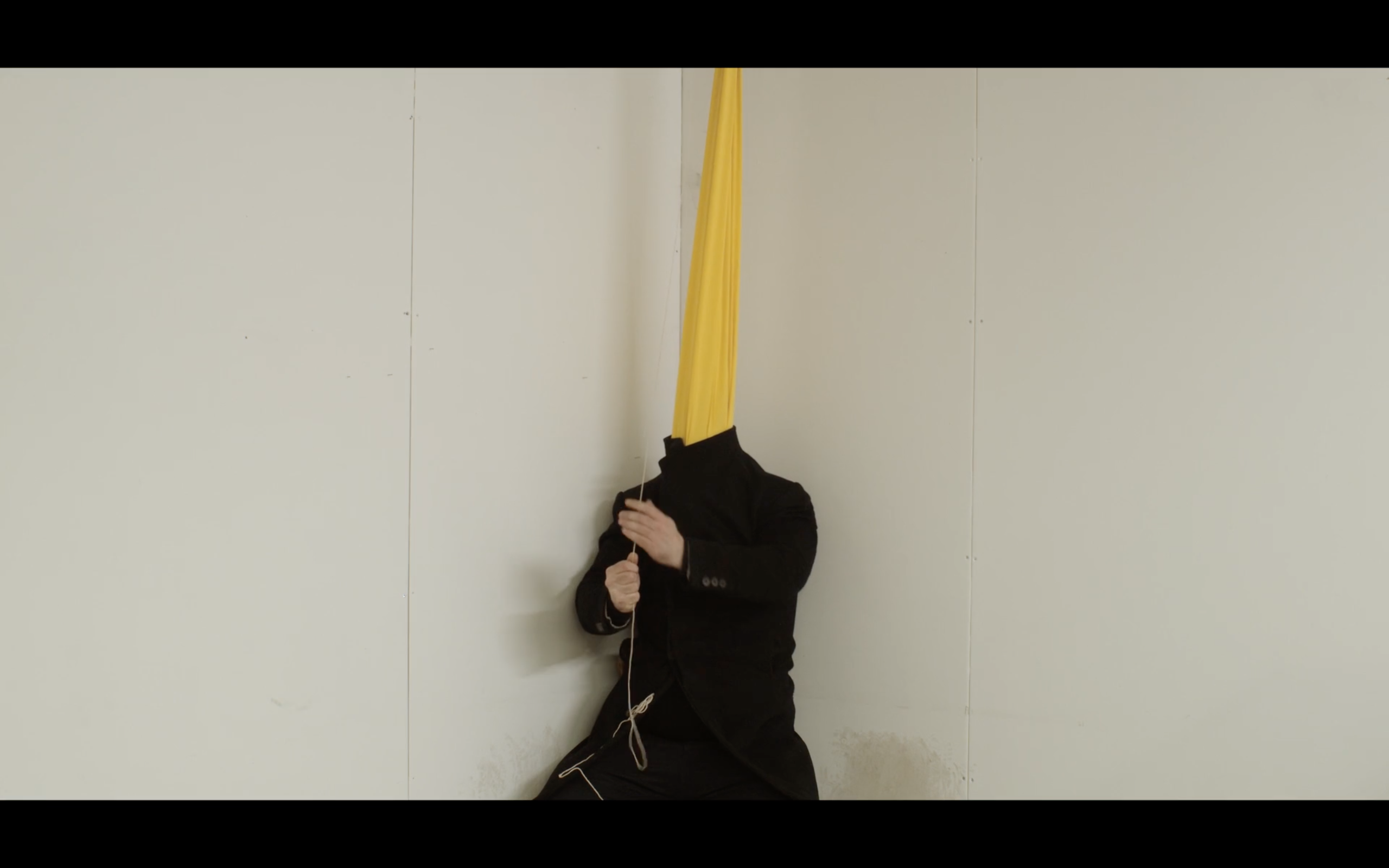
S/F: I observe moments of failure in your works - feels to me that the protagonist is on his journey of endless experimentation to capture some kind of mode of condition and we are glimpsing at these moments in your performance-videos. Tell me what you think about failure in your work.
JC: Yes, I think that’s definitely true. I see life as carrying the inherent failure of consistently failing to be entirely human. It’s something that I’m very interested in: that jarring experience of navigating between the psychological and somatic experiences of being a person, the roles that are presented to us culturally (such as hero, etc.) vs the everyday experience of living. For me, there are different fragments of this embedded across many facets of our experience and culture, and the one I have been exploring recently is romanticism via the absurdly fragile nature of the romantic imagination. But there are lots of different glimpses of this within the works I make, each trying to interrogate this from different perspectives.
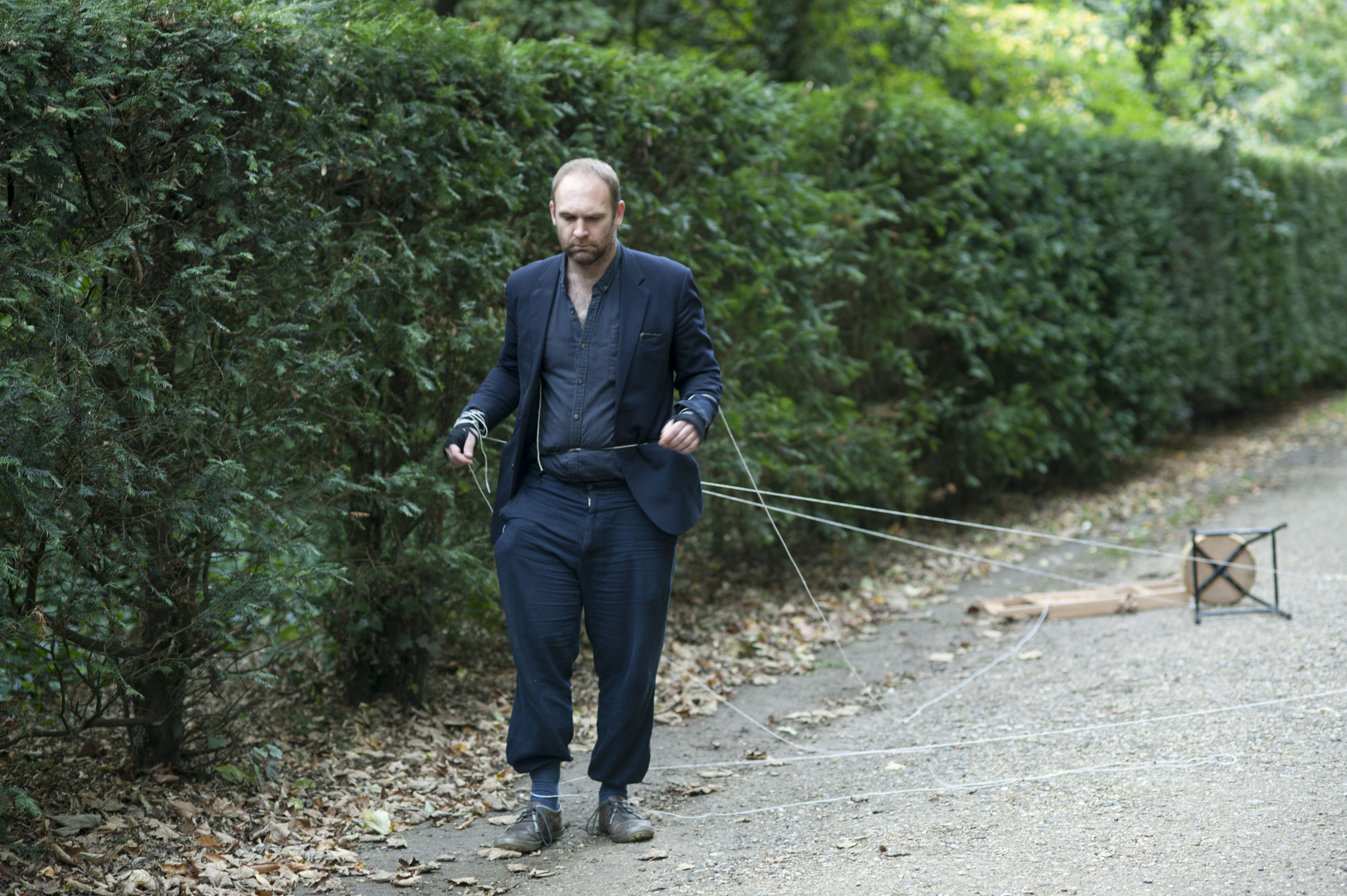
S/F: Finally, let’s talk about your performance at Chiswick House in 2018, which I was there to witness your durational performance. Seeing you dragging wooden chairs attached to your body while you are dancing and walking to a destination felt similar to Buddist’s walking and bowing meditation but you are taking more of a visually joyful approach. Although at some point, dancing turned into a labour of performance of you sweating on a late summer day - perhaps like the protagonist of the Red Shoes who is being punished, I felt like you had to dance without a choice. Were you being punished in this particular work? Or, do you think this performance had a particularly cathartic moment for you?
JC: I approached this piece of work as something more akin to a clumsy penance, or meditative punishment. The chairs in question were dredged up from several different places, and different parts of my life, and to me suggested some of the different situations and roles I have inhabited, growing heavier and more tangled up with my limbs as the dance progressed. The continued slow waltz music playing from a tape recorder in my coat served to heighten that repetitive element of the meditation, playing on loop until it became a droning chant. The only appropriate thing to do at the end of that performance was to bow to the assembled chairs, in recognition of the role they have played, the facile nature of the ceremony, and the continuing progression.
S/F: I didn’t realise there was a piece of music playing from your coat! Could you share the music with us?
JC: Of course, I will hum it for you.
Visit Jack Catling's website to see other works that are not featured in the Interview Screening.